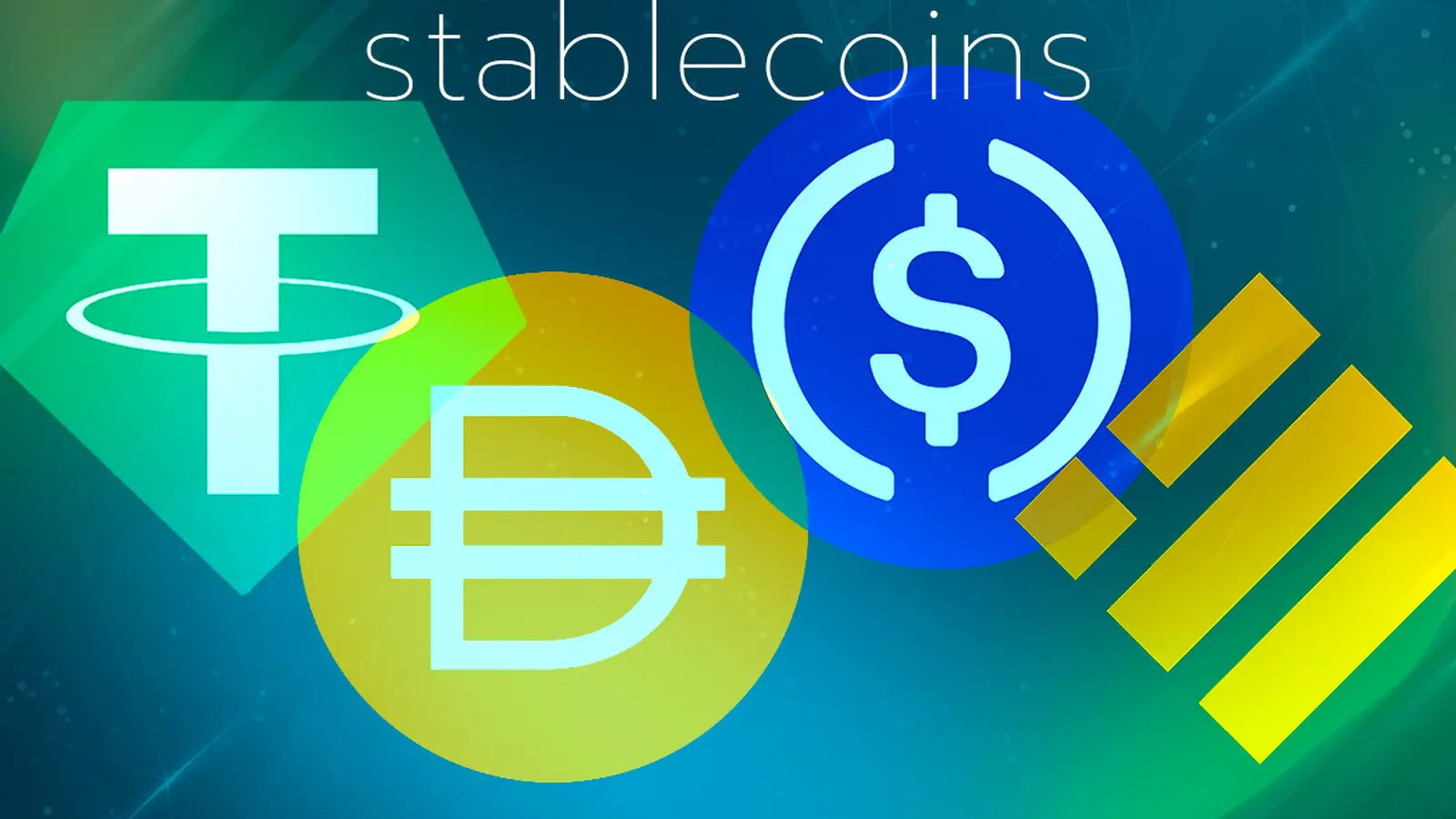4 Minutes
Privately issued stablecoins mirror CBDC risks
Investors should be cautious when evaluating privately issued stablecoins. Jeremy Kranz, founder and managing partner of venture capital firm Sentinel Global, argues that many commercial stablecoins act as 'central business digital currency' — combining the surveillance, programmability, and control characteristics commonly associated with central bank digital currency (CBDC) with their own private-sector risks.
Why the label 'central business digital currency' matters
Kranz notes that a large bank or financial group issuing a dollar-pegged stablecoin could exert controls similar to those envisaged for CBDCs. For example, a corporate issuer subject to regulations like the Patriot Act or future rules could theoretically freeze balances or restrict access to accounts, creating on-chain surveillance and centralized control over funds. He warned investors to read the fine print and understand the custodial and legal frameworks behind any token they hold.
Different stablecoin models, different risk profiles
Stablecoins come in several models — overcollateralized, algorithmic, and synthetic — each with distinct vulnerabilities that crypto traders and DeFi users must factor into their risk calculus. Overcollateralized stablecoins back tokens with cash or short-term government securities but can still face run risk if many holders attempt redemption simultaneously. Algorithmic and synthetic stablecoins rely on code or complex trading arrangements to maintain a peg, exposing holders to de-peg events, volatility, or flash crashes in derivatives markets.

Kranz emphasizes that technology is neutral: it can enable tokenization, more efficient cross-border payments, and new DeFi products, or it can be used to centralize control over money. For retail and institutional investors alike, the onus is on reading terms, understanding counterparty relationships, and recognizing the programmable aspects of tokens that may allow freezes, blacklisting, or other interventions.
Market context and policy debate
The stablecoin sector has grown rapidly, surpassing a market capitalization milestone earlier this year. Stablecoin market cap sits at over $307 billion at the time of this writing. Source: DeFiLlama
Regulatory developments are shaping public perception and market adoption. In the United States, recent legislative proposals like the so-called GENIUS stablecoin bill provoked debate: proponents say clearer rules will bolster consumer protection and institutional use, while critics argue such measures could create pathways toward CBDC-like controls. Representative Marjorie Taylor Greene described the bill as a potential 'CBDC Trojan Horse', warning that a regulated stablecoin framework could facilitate a cashless society and empower authoritarian control over purchasing power.
What investors should do
- Perform due diligence: examine issuer custody arrangements, reserves, and redemption mechanics.
- Check transparency: look for regular attestations, reliable reserve audits, and independent reserve custodians.
- Consider counterparty risk: know the legal jurisdiction, the issuer's regulatory exposure, and potential state-level interventions.
- Diversify: avoid concentration in a single stablecoin type or issuer to reduce systemic exposure.
Kranz compares today’s rapid innovation in crypto, stablecoins, and tokenization to a series of unpredictable systemic shocks: a mix of unprecedented opportunities and risks that require thoughtful risk management. For anyone participating in DeFi, tokenized finance, or stablecoin markets, understanding both the mechanics and the legal controls embedded in a digital dollar is essential to protect capital in an increasingly programmable financial system.
Source: cointelegraph


Leave a Comment